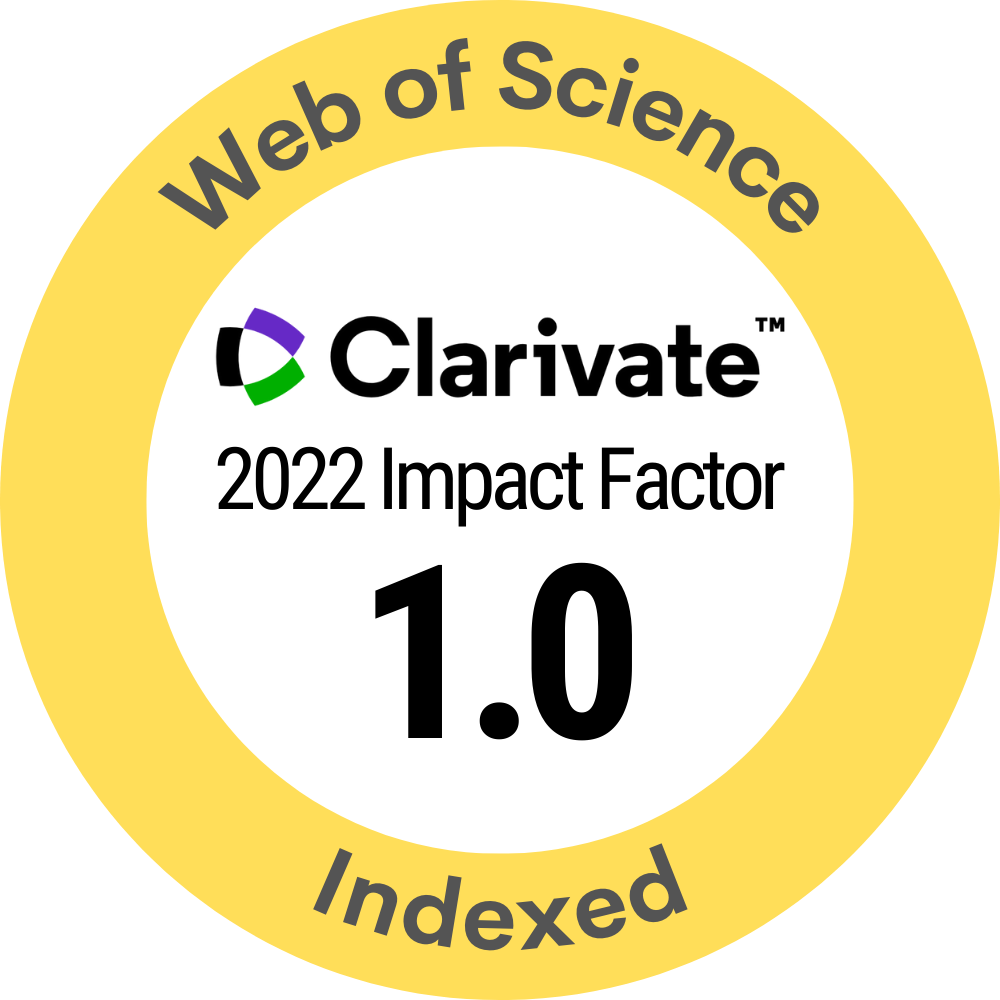The use of different types of piston in an HCCI engine: A review
DOI:
https://doi.org/10.15282/ijame.14.2.2017.17.0346Keywords:
HCCI Engine; gasoline; performance; piston.Abstract
Homogenous charge compression ignition (HCCI) combines the advantages of spark ignition (SI) and compression ignition (CI) engines to improve fuel consumption and emission levels. HCCI engines have the advantage of relatively higher engine efficiency than SI engines while maintaining lower emissions levels than CI engines. Combustion in HCCI engines occurs spontaneously at any location once the fuel-air mixture reaches its chemical activation energy. Pistons have a major effect on controlling the combustion inside the combustion chamber of an HCCI engine. Many researchers have studied various designs for pistons to improve HCCI engines. The aim of this study is to explore these different types of pistons and their designs in terms of improving the performance of HCCI engines fuelled with gasoline. The most common pistons used in HCCI are twostroke pistons, bowl types, specialised pistons, and dome-shaped pistons; each offers distinct advantages and disadvantages. Software simulation is the latest way of determining the best piston to be used for HCCI engines, as it is more cost effective and less time consuming than experiments. Overall, bowl type pistons offer reduced fuel consumption and a higher load capacity when used in an HCCI engine.







